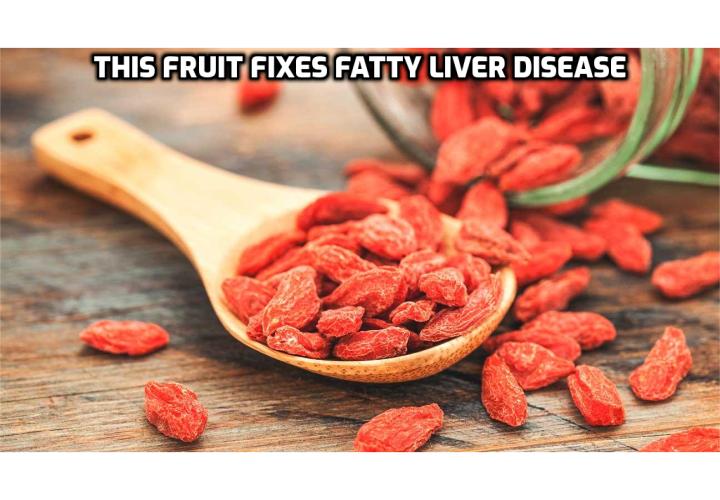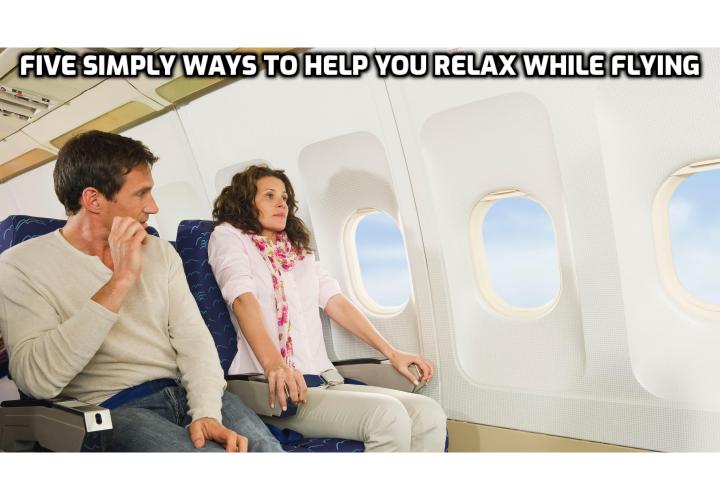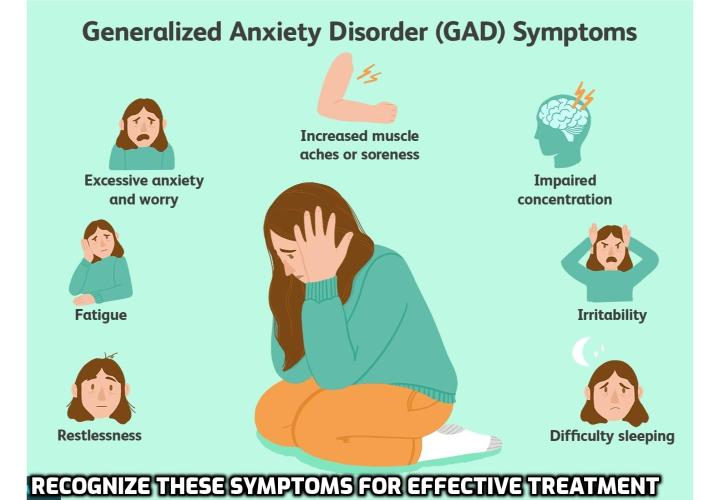Get Rid of Your Non-Alcoholic Fatty Liver Disease Forever – Healing Non-alcoholic Fatty Liver Disease Through Your Guts
In recent years, researchers have established that people with non-alcoholic fatty liver disease (NAFLD) have intestinal bacteria that are different from those in healthy people.
In a new study published in The American Journal of Gastroenterology, a group of researchers thought outside the box to develop a new treatment method for NAFLD—starting with the guts.
To a large extent, the composition of one’s gut bacteria is caused by one’s diet, so the problem stems from the consumption of too much fat and sugar.
This is relevant to NAFLD because gut bacteria regulate what nutrients can be absorbed from food in the gastrointestinal tract.
Moreover, the intestines send signals to other organs that are meant to participate in the metabolism of food, like the liver; bacterial overgrowth is a common disruptor of these signals.
Not only are the gut bacteria of people with NAFLD different; NAFLD also results in permeable intestinal walls. This means that bacteria and the toxic by-products of those bacteria and digestion can leak into the rest of these people’s bodies, their bloodstreams, and organs like the liver in the abdominal cavity that surrounds the intestines.
These toxic chemicals have been linked to a wide variety of disorders including diabetes, depression, multiple sclerosis, cancer, obesity, systemic inflammation, autoimmune diseases, and (of course) NAFLD.
This prompted the authors of the new study to investigate whether gut permeability and liver fat could be reduced by implanting the feces of healthy people into patients with NAFLD.
They recruited 21 NAFLD patients from London Health Sciences Centre and St. Joseph’s Health Care London.
The researchers divided the subjects into an experimental group that received a fecal transplant from a healthy person and a placebo group that received a transplant of their own feces.
If you wonder how the transplant is performed, it happens via an endoscopy, i.e., a long instrument that is inserted through the anus and that delivers the fecal matter to the small intestine. Hence, no surgery.
After this procedure, they followed the patients for six months to investigate whether the patients’ gut bacteria changed, whether their intestinal permeability improved, whether the amount of fat in their livers decreased, and whether there was an improvement in their insulin resistance.
After six months, there was no change in their liver fat and insulin resistance, but their gut bacteria were substantially changed, and their gut permeability had improved significantly.
While researchers hoped that this procedure would reduce liver fat as well, it is still possible that liver fat would have decreased if the observation period had been longer.
But the fact that a fecal transplant can make our intestinal walls less permeable does mean that it might serve as a treatment in the early stages of NAFLD and in the treatment of many other diseases.
Rather than undergoing fecal transplant, which is a minor but invasive medical procedure, why not make a few changes to your diet that actually change your gut bacteria and therefore reduce the symptoms of NAFLD?
Get Rid of Your Non-Alcoholic Fatty Liver Disease Forever – We have helped hundreds of people to permanently reverse NAFLD using this method, as I’ll explain here…
Get Rid of Your Non-Alcoholic Fatty Liver Disease Forever – Non-alcoholic Fatty Liver Cured with Live Organism
Non-alcoholic fatty liver disease (NAFLD) is one of the fastest growing metabolic diseases, together with type 2 diabetes.
As it can potentially destroy the liver and kill us, a large amount of research is being carried out to find treatments for it.
The journal Nutrients has just published a scientific literature review revealing a live organism that holds the key to cure NAFLD.
Inside your gastrointestinal tract, you have at least a thousand different bacteria that together form a colony of around a trillion bacteria.
As with the other bacteria in your body, some of these are beneficial or benign, while others are harmful. The aim is to have a colony in which the benign and beneficial bacteria outnumber neutralize the harmful ones by smothering and outcompeting them.
Probiotics are live bacteria that facilitate the growth of beneficial and benign bacteria in your gastrointestinal tract. They are abundantly available in kefir, sauerkraut, kombucha, natto, yogurt, apple cider vinegar, pickled food, and raw milk and cheese.
The authors of a new article conducted a literature review and found that an imbalance in gastrointestinal bacteria could contribute to NAFLD in several ways:
1. It can disrupt the digestion of fat, which, in turn, can cause fat to be stored rather than used as energy.
2. Because it destroys the intestinal walls and thereby allows toxins from the intestines to flow into the rest of the body, it causes chronic inflammation throughout the body, including in the liver.
3. It alters the chemicals that are responsible for processing foods, such as bile acids, short-chain fatty acids, some amino acids, and choline.
From the randomized clinical trials they surveyed, they concluded there was evidence that probiotics could promote a better gastrointestinal bacterial balance.
A healthier balance of good and bad bacteria promoted by probiotics has been found to have the following benefits for treating NAFLD:
1. It promotes the process whereby proteins are broken down to use as energy. Then, the fat inside the protein can be used rather than stored.
2. It reduces inflammation of the liver.
3. It reduces scarring of the liver.
This is not news to me. For years, I’ve helped hundreds of people to cure their fatty liver by rebuilding their gut flora.
Get Rid of Your Non-Alcoholic Fatty Liver Disease Forever – This is not hard to do, but it’s also not as simple as popping probiotic pills. We’ll explain the whole process in more detail here….
Get Rid of Your Non-Alcoholic Fatty Liver Disease Forever – This Fruit Fixes Fatty Liver Disease
Synthetic drugs are what you’re most likely to be prescribed if you’ve been diagnosed with non-alcoholic fatty liver disease (NAFLD).
The traditional medical system is completely lost when it comes to treating non-alcoholic fatty liver disease (NAFLD).
They have some synthetic drugs to manage it, and then it’s just losing weight and exercising that may help a little.
Until now, researchers haven’t successfully found any solution to cure this disease.
However, a team of scientists has just published a study in the journal Revista Cientifica stating they have found the answer…
In a fruit!
Researchers carried out a study on groups of mice over several weeks. They divided them into four groups:
– One group was placed on an exercise program as well as given wolfberries,
– One received the fruit only,
– One was placed on exercise only,
– One received no treatment.
After the study, samples of their liver and blood were taken, their behavior was observed, and their weight was measured.
The mice in the first three groups showed a reduction in liver fat and a reduction in liver damage. The group that received no treatment saw no changes.
Those in the exercise plus wolfberry group saw a greater improvement than all the other groups.
They experienced reduced fat accumulation in liver cells, reduced oxidation of fat in the liver cells, and reduced oxidative damaged to the liver.
Wolfberries are a form of goji berries, which come in two colors – red and black. The wolfberry is the black variant and has the most nutritional value – it is the black pigment that is the healthiest part.
You can buy them in a powdered form, as a tea, or a whole fruit.
This study is promising for the development of a potential drug to treat NAFL. Wolfberries are however quite rare and you’d have to eat far too many to ever see any real effects, so they won’t cure your non-alcoholic fatty liver disease.
To find out how to get rid of your non-alcoholic fatty liver disease forever, watch this video – FATTY LIVER: How to Fix It (Better than Any Pill)
This post is from the Non-Alcoholic Fatty Liver Strategy created by Julissa Clay. She is well renowned within the natural health industry and has produced many effective strategies for people looking for healthier ways to improve their health.
The Non-Alcoholic Fatty Liver Strategy is your guide to detoxifying and repairing your liver in four weeks. It’s a 100% safe and natural system that focuses on detoxing your liver, correcting your diet and exercises to burn more fat to begin treating non-alcoholic fatty liver disease.
The Non-Alcoholic Fatty Liver Strategy is designed for the everyday person – the person who doesn’t have the time to spend hours at the gym or cooking up elaborate meals. It’s practical and reasonable, offering a natural treatment plan that you can continue with moving forward so you can maintain your new liver health.
To find out more about this program, go to Get Rid of Your Non-Alcoholic Fatty Liver Disease Forever









